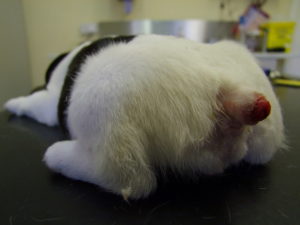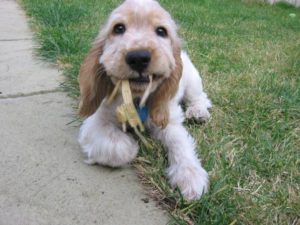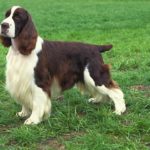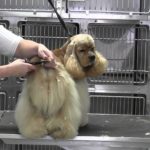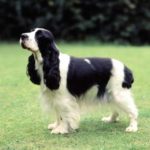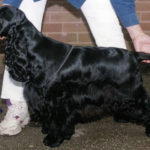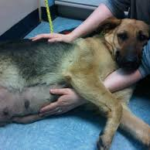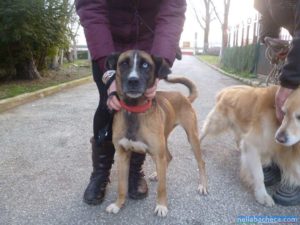Introduction
As any other dog, a tail of a Cocker Spaniel performs an essential role in species communication. By means of the tail, a dog is able to show its mood (cheerfulness, aggression, excitement, for example). Also, a tail helps to maintain the balance in the environment, especially during swimming.
But if there are some problems with the tail, they should be identified and eliminated in-time. There are some common tail problems in dogs that every Cocker Spaniel owner should know.
Tail Docking
The main reason for tail docking in Cocker Spaniels – some ‘traditional’ Cocker look that should be always adhered to (Spaniels with long tails don’t look ‘natural’). This tradition begins upon the use of field ‘working’ Cocker Spaniels in flushing games. The thing is that during the hunting, the tail of a Cocker Spaniel would often get snagged and badly damaged and it was very necessary to have it removed.
Break, Sprain or Fracture
These problems may occur due to the various reasons: slamming door, accidental footing, careless play with family members or dogs. If your Cocker Spaniel has a tail break or sprain, your dog may whine or yelp if you try to touch the injured area. Also, it is painful for a dog to wag its tail; a dog is restless; there is a swelling or bruise on the tail.
If your Cocker has a fracture, the tail is usually droop right at the position of the break. You will also notice some swelling; the injured area is sensitive; a dog has an acute pain. If your Cocker Spaniel has a fracture, it will need an emergency aid.
Sores or Hair Loss
Excessive biting or rubbing of the tail due to itchy skin, parasitic infection or bacteria may lead to sores or hair loss in the region. If you have discovered some fleas (or already flea dermatitis), it is necessary to treat a dog with special anti-parasitic products.
After the dog is dry, you can use some of the anti-flea products such as:
- collar;
- drops (topical liquid);
- spray.
Sores or hair loss on the tail can signal that your Cocker Spaniel has bacterial infection, general body illness, allergy, or it just need balanced diet with some vitamins, micro- and macro elements.
Limber Tail Syndrome
This particularly condition is very difficult to diagnose. This syndrome affects all breeds, no matter what tail do they have: docked or not docked. But, primarily, sporting and hunting breeds are prone to the syndrome.
The nature of LTS is still unclear, but generally it develops due to overexertion, climate changes, swimming, excessive exercise or improper crating. The dog is treated with antibiotics and rest.
Conclusion
We hope, that the article will help you to understand your Cocker’s tail problem and get in-time medical aid.
